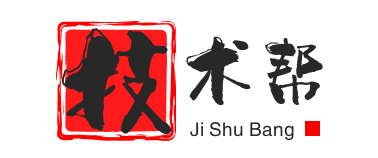在网页设计中,让图片铺满全屏是一种常见的需求,这可以为网站带来视觉上的吸引力,实现这一效果,可以通过多种CSS技巧来完成,以下是一些方法,帮助你实现全屏背景图片。
1、使用CSS背景属性
你可以使用CSS的background属性来设置图片,为了使图片铺满全屏,你需要设置background-size属性为cover,这样,图片会按比例缩放以完全覆盖容器,同时保持其原始宽高比。
.fullscreen-bg {
position: fixed; /* 或 absolute,取决于你的布局需求 */
top: 0;
right: 0;
bottom: 0;
left: 0;
background: url('your-image.jpg') no-repeat center center fixed;
background-size: cover;
}
2、使用视口单位
为了确保图片在不同设备上都能正确显示,你可以使用视口单位(如vw和vh)来设置图片的宽度和高度,这样,图片的大小会根据视口的宽度和高度进行调整。
.fullscreen-bg {
position: fixed;
top: 0;
right: 0;
bottom: 0;
left: 0;
background: url('your-image.jpg') no-repeat center center fixed;
background-size: 100vw 100vh;
}
3、使用Flexbox布局
Flexbox布局是另一种实现全屏背景图片的方法,你可以创建一个容器元素,使用Flexbox属性使其子元素(图片)填充整个容器。
<div class="flex-container"> <img src="your-image.jpg" alt="Full Screen Image" class="fullscreen-image"> </div>
.flex-container {
display: flex;
justify-content: center;
align-items: center;
height: 100vh; /* 使用视口高度单位 */
}
.fullscreen-image {
width: auto;
height: 100%;
max-width: none; /* 确保图片不按比例缩放 */
}
4、使用全屏组件
在某些情况下,你可能需要使用JavaScript来创建一个全屏组件,这通常涉及到监听窗口大小变化事件,并相应地调整图片的大小,这种方法在处理复杂的布局时非常有用。
<div id="fullscreen-image" style="background-image: url('your-image.jpg');"></div>
function setFullScreenImage() {
var imgElement = document.getElementById('fullscreen-image');
imgElement.style.width = window.innerWidth + 'px';
imgElement.style.height = window.innerHeight + 'px';
}
// 监听页面大小变化
window.onresize = function() {
setFullScreenImage();
};
// 初始化全屏图片
setFullScreenImage();
5、响应式设计
在实现全屏背景图片时,不要忘记考虑响应式设计,确保在不同屏幕尺寸和分辨率下,图片都能正确显示,你可以使用媒体查询(Media Queries)来为不同设备设置不同的CSS规则。
@media screen and (max-width: 768px) {
.fullscreen-bg {
background-size: auto 100%;
}
}
实现全屏背景图片的方法有很多,你可以根据自己的需求和项目特点选择合适的方法,无论是使用CSS背景属性、视口单位、Flexbox布局还是JavaScript,关键在于确保图片能够适应不同的屏幕尺寸和设备,通过这些方法,你可以为你的网站创造出令人印象深刻的视觉效果。

